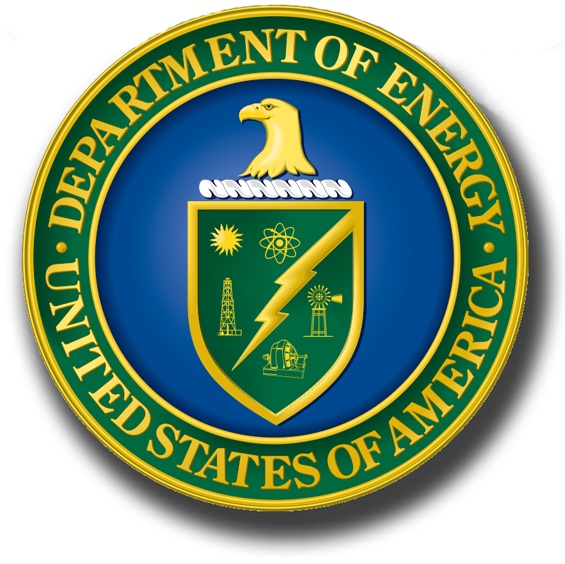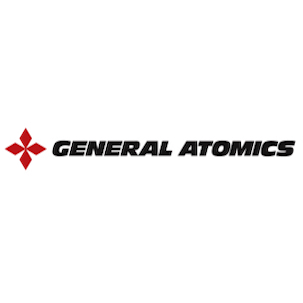One-dimensional Simulations of Nonlinear Burn Control in ITER
V. Graber, E. Schuster
33rd Symposium on Fusion Technology (SOFT)
Dublin, Ireland, September 22-27, 2024
Actively controlling the plasma temperature and density in future reactor-grade
tokamaks will be a formidable challenge due to the multi-dimensional,
coupled, and nonlinear characteristics of the burning-plasma dynamics.
In ITER, the actuator systems that will be useful for temperature-density
control (also known as burn control) include neutral beam injection, ion
and electron cyclotron heating, pellet injection, and gas puffing. In
this work, a nonlinear, model-based, burn-control algorithm is proposed.
A model-based approach is attractive because it directly incorporates
the complex plasma dynamics into the burn-control algorithm. Using Lyapunov
techniques, the burn-control algorithm is synthesized from a control-oriented
plasma model that is zero-dimensional (0-D). The reduced dimensionality
of this plasma model renders the burn-control design more feasible. Nonetheless,
this 0-D plasma model still captures the nonlinear response of the plasma
energy and density to deuterium-tritium (D-T) fusion, radiation, auxiliary
heating, external fueling, and other phenomena. More importantly, the
control objective is indeed 0-D since the primary goal of a burn controller
is usually to regulate volume-averaged properties of the plasma (e.g.,
overall fusion power Pf or fusion gain Q). This makes 0-D models appropriate
for control synthesis. However, the assessment of the effect of the proposed
0-D burn-control algorithms on the spatio-temporal dynamics of the plasma
is a critical step of the control-design process. This work presents a
one-dimensional (1-D) plasma model that is used in closed-loop simulations.
The presented simulation study demonstrates how the spatial profiles of
the D-T fuel density, the fusion-born alpha-particle density, the ion
energy density, and the electron energy density evolve temporally under
0-D burn control. By testing 0-D controllers in 1-D simulations, the effectiveness
of 0-D burn-control techniques can be investigated before implementation
in actual tokamaks. Through investigations of this kind, control issues
can be identified and addressed, enabling iterative improvement of the
burn-control designs.
*Supported by the US DOE under DE-SC0010661.







